Fashionably Late
Top 10 Best Belated Arcade Ports!
This list highlights ten games that took forever to make the journey from the arcades into your living room. When the gaming industry was in its infancy, arcade machines were usually more powerful than what you’d get at home. Arcade cabinets were commercial products that could set you back thousands of dollars, so they were expected to push the technological envelope further than your $200 console could. Because of this disparity, developers often had to rebuild existing arcade games from the ground up if they wanted to release them on a home console. For this reason, many great games never made it out of the arcades. Modern gaming platforms are powerful enough to emulate classic arcade games, however, and it’s not a huge financial risk to include an obscure ROM on a compilation or release it on a digital storefront. In recent years, many games that were regarded as arcade exclusives have been given official home releases. Any game that spent over a decade as an arcade exclusive will be eligible for this list. (Games that are still exclusive to the arcades have already been discussed elsewhere on this site.) The emulation scene has done wonders for the preservation of gaming, but its always nice to have an option to purchase a game legitimately.
10
R-Type Leo
1992 (Arcade) – 2010 (Home Port)
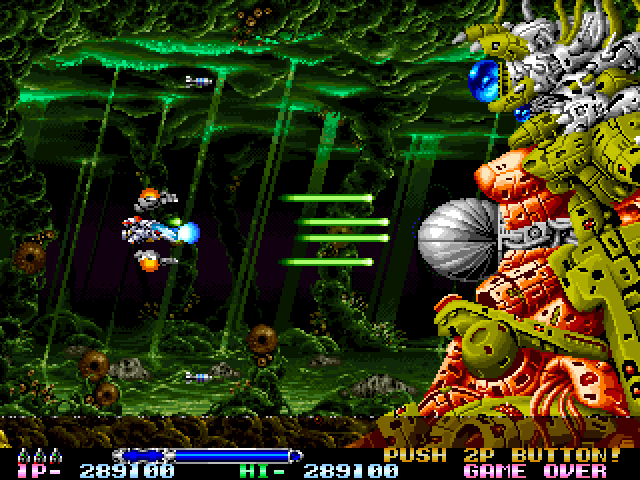
R-Type was one of the most iconic shoot ’em ups of the 1980s, and several home versions of the game were released. R-Type Leo was largely overlooked, though, and Irem basically treated it like a red-headed stepchild. At a glance, R-Type Leo looks just like it’s predecessors. The game is set against the backdrop of a man-made mechanical planet, and the art direction still draws inspiration from the works of H.R. Giger. It plays like the original R-Type too, and the stages are filled with moving obstacles and interesting set pieces. Of course, R-Type Leo deviates from the R-Type formula in many areas. The detachable Force device is nowhere to be seen, for instance, and players are instead given two satellite ships that follow them and fire at enemies. This was quite jarring for fans of the series, and an R-Type game without the trademark Force device would be akin to a Metroid game without the morph ball. There’s a perfectly good explanation as to why the game breaks from convention, however. Incidentally, it was conceived as an original shoot ’em up by Nanao before Irem took over the project and retooled it as an R-Type spinoff. R-Type Leo is something of an oddity and it doesn’t quite feel like an R-Type game. Nevertheless, the inclusion of a two-player mode was a welcome addition and it made me wish that other R-Type games had a multiplayer component. Sadly, Irem never felt compelled to port the game to home consoles. M2 reportedly expressed interest in developing a version for the Mega Drive, but their plan was rejected by Sega. R-Type Leo was quietly included on Dotemu’s Irem Arcade Hits compilation in 2010, and barely anyone noticed. The game was old enough to vote by that point and it should have been a bigger deal, but the compilation was only available on Windows and Mac and the emulation was a step down from what you could get on MAME.
9
Punch-Out!!
1983 (Arcade) – 2018 (Home Port)
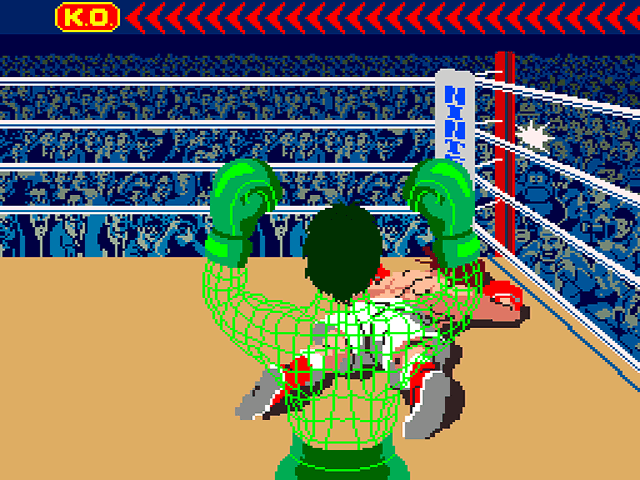
Some of you might call shenanigans on me for including Punch-Out!! on this list. After all, Mike Tyson’s Punch-Out!! was one of the most iconic NES games of all time, and it was released just four years after the original arcade version. I’ll concede that the NES adaptation shares its premise with the arcade game, and many of the fundamental play mechanics were carried over. Regardless of what version of Punch-Out!! you’re playing, the key to success is figuring out your opponents’ patterns and responding accordingly. There were significant differences between the games, however. Nintendo realized that the NES was not powerful enough to emulate the arcade graphics, so the characters are significantly smaller on the console. The roster of characters also differs from one game to the next. King Hippo was created specifically for the NES game, for example, while Kid Quick and Pizza Pasta could only be seen in the arcade. (Mike Tyson wasn’t in the arcade game either, since his professional debut didn’t take place until two years after it was released.) There are fundamental gameplay differences between the games, too. In order to throw an uppercut on the NES, you had to first land a counter-punch on the opponent. In the arcade, players have to build up a “K.O.” meter before they can throw their special knockout punch. Finally, it should be noted that the arcade game used two monitors, while the NES adaptation is confined to a single screen. (In case you’re wondering, the top monitor displayed fighter portraits and information about the fight.) All in all, Mike Tyson’s Punch-Out!! felt more like a sequel than a proper port. Although I consider the NES version to be superior to the arcade game, it was unfortunate that the original version was effectively lost for 35 years. Thankfully, Hamster brought the game to the Nintendo Switch in 2018 as part of their Arcade Archives series.
8
X-Men
1992 (Arcade) – 2010 (Home Port)

If you walked into an arcade in the late ’80s or early ’90s, you were bound to find a Konami beat ’em up. Some of their most memorable games were based on existing licenses, and I have fond memories of Teenage Mutant Ninja Turtles and The Simpsons. X-Men was arguably Konami’s most ambitious arcade title, however. The concept itself is simple. Players choose one of six X-Men – Cyclops, Colossus, Wolverine, Storm, Nightcrawler, and Dazzler – and then they proceed to beat the shit out of countless waves of enemies. You’ll have to fight hundreds of Sentinels, Reavers, and mutant crocodiles, and there are a number of supervillains to contend with. Comic fans will see familiar faces like Juggernaut, Pyro, and Mystique before finally facing off against Magneto himself. There was nothing revolutionary about the premise, but the execution was remarkable since it allowed six people to play at the same time! The six-player version was housed in a massive arcade cabinet that housed two screens, and it was guaranteed to be a focal point in any arcade. Unfortunately, this concept made it an unlikely candidate for a home release. In 2010 (roughly 18 years after the original release), Backbone Entertainment brought the game to the PlayStation Network and Xbox Live Arcade. This port featured drop-in multiplayer, custom matchmaking, and adjustable difficulty settings. Although local co-op was limited to four players on the XBLA version, the online multiplayer supported up to six players just like the arcade. It wasn’t a lazy port by any stretch of the imagination, and they even took the time to re-record all of the voices due to licensing issues. Speaking of licensing issues, the game was removed from both digital storefronts in 2013. That’s one of the many reasons why an all-digital future sucks, but I digress. Perhaps it will be re-released in another decade or so, but we’re pretty much back at square one for the time being.
7
Night Slashers
1993 (Arcade) – 2018 (Home Port)
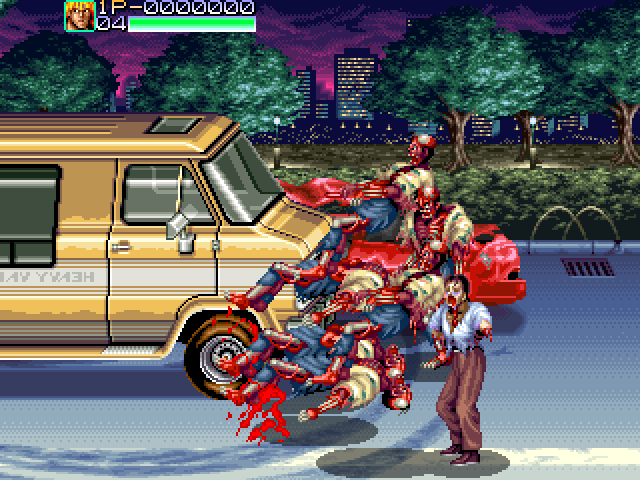
Night Slashers is a delightfully campy beat ’em up from Data East with an irreverent sense of humor. Like most games in the genre, the object is to beat the shit out of hordes of enemies. Instead of the usual array of street thugs, the game features zombies, werewolves, and other ghastly creatures. Your undead foes are relentless, and they find all sorts of creative ways to attack you. They’ll slither their way out of body bags, bust out of coffins, and rise from their graves. Fortunately, it’s a lot of fun to kill them (again). You can punch your enemies so hard that their heads will explode, and it’s not unusual to see someone’s skin melt off their bones like that one dude from Raiders of the Lost Ark. It’s surprisingly gruesome, considering the era, but the game obviously doesn’t take itself too seriously. There’s literally a whack-a-molezombie mini-game that challenges you to bust open as many zombie heads as possible! Sadly, the excessive gore is probably one of the reasons it didn’t get a home port. In 1993, useless politicians in the United States were taking a stand against violent video games. Needless to say, these discussions didn’t create a favorable environment for games like Night Slashers to thrive. Thankfully, the game finally made its way to the Nintendo Switch in 2018 courtesy of the Johnny Turbo’s Arcade collection.
6
Eco Fighters
1994 (Arcade) – 2006 (Home Port)
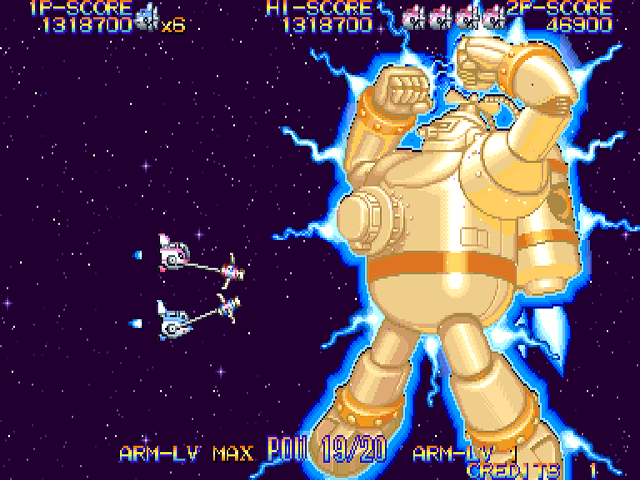
Eco Fighters is a horizontal shoot ’em up with an environmental theme. The game pits players against evil corporations who are destroying the natural environment, and it’s cut from the same cloth as Captain Planet in that capacity. Throughout the game, you’ll contend with an assortment of unusual enemies ranging from mechanical sharks to floating piles of garbage, and the bosses are especially outlandish. At one point, you’ll fight the giant body of a moustached cyborg that just so happens to have a retractable gorilla skeleton for some reason. (I’m just as confused as you are.) From a gameplay perspective, the most noteworthy gimmick in Eco Fighter is the existence of an arm cannon that can rotate 360° around the player’s ship. This arm can potentially block projectiles, and it also allows you to move in one direction while attacking in another. Your enemies will swarm you from all angles, of course, so you’ll have to master the art of aiming your weapon while simultaneously avoiding enemy fire. The game lends itself to experimentation, since the arm has various functions. In addition to the standard energy cannon, the arm can also function as a laser sword or a giant hammer! Eco Fighters hit arcades in 1994, and it took 12 years before it would be given a home release. In 2006, it was finally released on Capcom Classics Collection Vol. 2 (for the PlayStation 2 and Xbox) and on Capcom Classics Collection Reloaded for the PSP. The home ports were emulated versions of the arcade original, but they were less cumbersome since they allowed players to map the rotational arm to the shoulder buttons. The PSP also let you use the face buttons for aiming, which made it much easier to play. Compilations have been a blessing for fans of obscure games.
5
Armored Warriors
1994 (Arcade) – 2017 (Home Port)
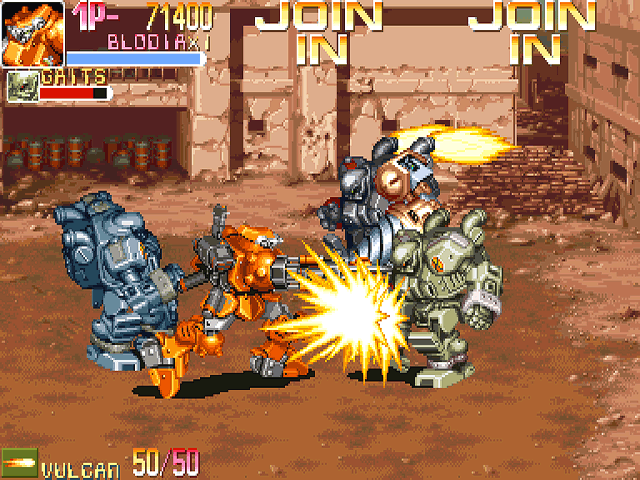
Armored Warriors (known in Japan as Powered Gear – Strategic Variant Armor Equipment) is a side-scrolling beat ’em up from Capcom that supports up to three players. The premise of the game is quite simple. In the year 2281, Earth is locked into a war with aliens on a distant planet. The main instruments of this war are giant mecha, and I’d expect nothing less from a Japanese developer. One of the things that made Armored Warriors stand out from other games in the genre was the ability for players to customize their mechs to their liking. Arms, legs, and sub-weapons could be swapped out, and your enemies would drop parts that you could utilize. If you got tired of punching and grabbing your opponents with the default arms, you could potentially opt for a death drill or a laser blade. Likewise, the standard feet could be exchanged for tank treads or mechanical spider legs. There are nearly 100 different combinations to experiment with, which makes it one of the most varied beat ’em ups of the era. Capcom clearly put a lot of thought into the designs of the mecha, and it’s unfortunate that the game didn’t get a brighter spotlight. It was deemed worthy of a spinoff in 1995 – a 2D fighting game called Cyberbots – but the home market had no place for a title like Armored Warriors. When the game hit the arcades in October of 1994, the industry was going through a transitional period. The 16-bit home consoles couldn’t have handled the game without serous concessions being made, and the next line of consoles emphasized 3D gameplay over traditional genres. Armored Warriors didn’t get a home port until it was included on Retro-Bit’s Super Retro-Cade in December of 2017. The following year, it was included as part of the Capcom Beat ‘Em Up Bundle.
4
Progear
2001 (Arcade) – 2019 (Home Port)
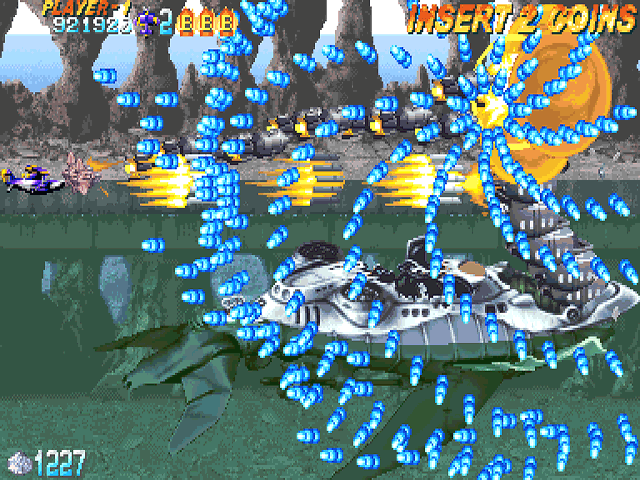
CAVE is one of the industry’s most prolific developers of “bullet curtain” shooters, and they helped codify the sub-genre in the 1990s. It was their M.O. to fill the screen with as many enemies and bullets as possible, and players needed impressive reflexes and pattern recognition skills in order to navigate through the barrage. Progear was the sixth shoot ’em up developed by CAVE, and it differed from their previous offerings by virtue of the fact that it scrolled horizontally rather than vertically. Players were still required to weave through waves of colorful bullets, but the side-scrolling perspective made Progear stand out from other CAVE games. One of the things I like best about the game is it’s distinct steampunk-inspired visuals, and the boss designs are especially impressive. The pixel art is incredible, and the sprites wouldn’t look out of place in a Metal Slug game. Even though Progear looks intimidating, there are multiple ways to approach it. Players are given the choice of two different pilots and three different support gunners, and each configuration allows for a different play style. It can be a lot of fun to experiment with different weapon types, and the game is surprisingly accessible. Sadly, most people never had the opportunity to play it. Progear was published by Capcom in 2001 and developed for their CPS-2 hardware. Incidentally, they never felt compelled to give the game a home release. Out of nowhere, the game was included on the Capcom Home Arcade in 2019. (This was a dedicated plug-and-play arcade stick that hooked up directly to the television.) Progear was the only game included on the system that hadn’t been developed by Capcom themselves, so it was a welcome surprise.
3
Battle Circuit
1997 (Arcade) – 2018 (Home Port)
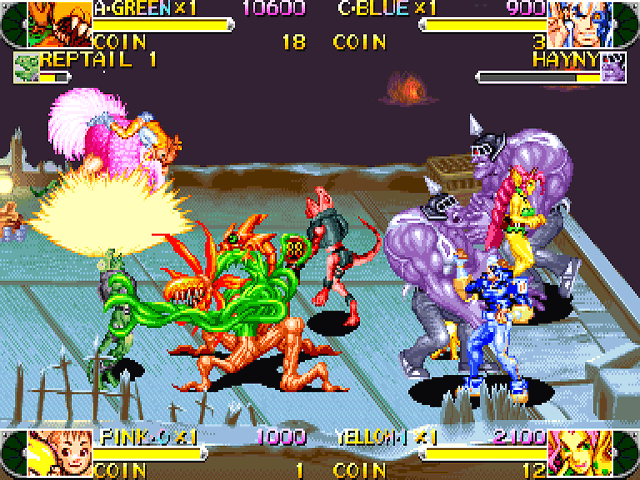
It’s impossible for me to look back at the arcade scene in the 1990s without thinking of Capcom beat ’em ups. It seemed like there was a new one on display every few months. As Capcom’s final beat ’em up, Battle Circuit represented the end of an era. The game used over-the-top, 1950s sci-fi themes and boasted one of the most ridiculous cast of characters to ever grace a Capcom game. You had a cybernetic bounty hunter, a fashion model with a pet fox, a walking man-eating plant, and a pink ostrich sporting an eye patch. The game is structurally similar to Final Fight, but the upgradable movesets and unique characters gave Battle Circuit more depth than the genre was typically known for. Arcades were waning in popularity in 1997 and beat ’em ups were no longer en vogue, so Battle Circuit received a limited release and never even made it to American shores! There are a number of “forgotten classics” on this list, but most people were never given the opportunity to know Battle Circuit in the first place. It would have been a prime candidate to be included in the Capcom Classics Collection in 2005, but we had to wait another 12 years for an official home release. In 2018, after 21 years of waiting, it was included on the Capcom Beat ‘Em Up Bundle.
2
Golden Axe: The Revenge of Death Adder
1992 (Arcade) – 2020 (Home Port)
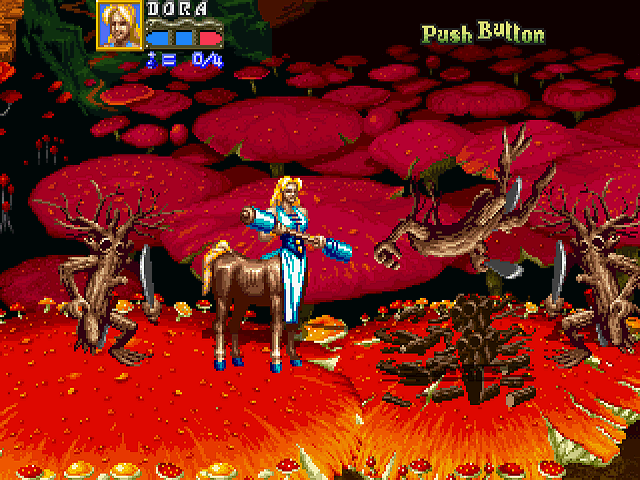
Golden Axe was a popular hack-and-slash arcade game that was ported to home consoles in 1989. Two sequels were developed specifically for the Sega Genesis, but the arcade-only follow-up was easily the pinnacle of the series. The Revenge of Death Adder was released in 1992 for Sega’s System 32 arcade board and featured graphics and animation that were vastly superior to the original. The game also introduced new concepts (like branching paths) and an all-new cast of characters. In addition to the typical barbarian, players could assume the role of a female centaur or a giant-riding dwarf. There were also numerous creatures to mount – including a fire-breathing mantis and an electrified scorpion. There are points in the game where you can control a dwarf who’s riding a giant who’s riding a skeletal dragon! The Revenge of Death Adder was a little too advanced for the Genesis, unfortunately, and Golden Axe III wasn’t much of a consolation prize. By the time the Saturn was released, the hack-and-slash genre was on life support and the industry was moving away from 2D games in general. The Revenge of Death Adder finally got a home release in the fall of 2020, courtesy of Arcade1Up. It’s debatable whether or not that should count as a proper home port, however. Even though it was aimed at the consumer market, it was still an arcade cabinet at the end of the day. Months after the release of the Arcade1Up cabinet, The Revenge of Death Adder was also released on Sega’s Astro City Mini.
1
Alien vs. Predator
1994 (Arcade) – 2019 (Home Port)
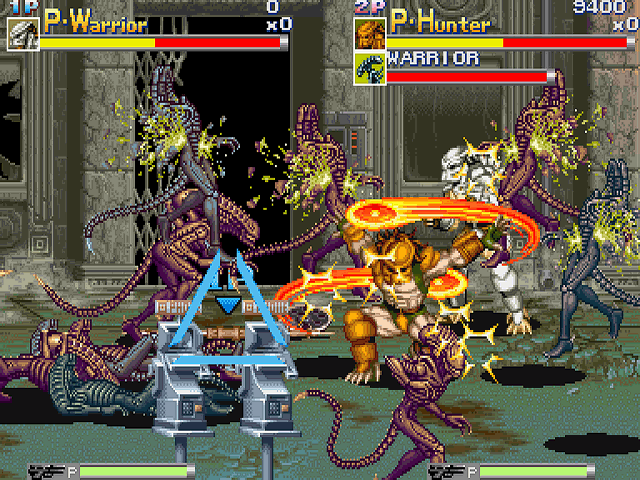
Alien vs. Predator is a beat ’em up at its core, but it also takes cues from the run-and-gun genre. Put simply, it feels like a cross between Final Fight and Contra. The game supports up to three players simultaneously and features four selectable characters (two marines and two Predators). Naturally, each character has their own unique skills and abilities. In addition to their close-range melee attacks, the characters can shoot their enemies from across the screen or damage them with Street Fighter-inspired special attacks. Each character has a default weapon, and new ones can be picked up along the way. Some of the weapons include lead pipes, samurai swords, flame throwers, and missile launchers. The stages are filled to the brim with swarming aliens, and there are tons of objects to interact with and destroy. Other versions of Alien vs. Predator exist on various formats, including a decent first-person shooter on the Atari Jaguar and a forgettable SNES beat ’em up published by Activision. It should be noted, however, that these versions have nothing to do with Capcom’s remarkable arcade game. Alien vs. Predator is arguably the best game in its genre, and it’s a shame that it took so long for a home port to materialize. The game was first seen in arcades in 1994, and it didn’t make it home until it was included on the Capcom Home Arcade in 2019. This wasn’t the most ideal way to play the game, but beggars can’t be choosers.

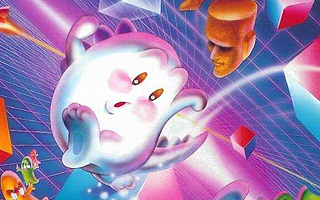
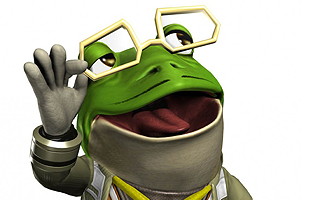
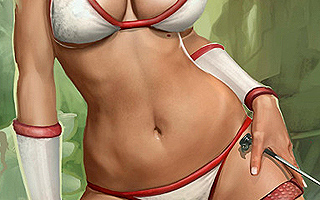
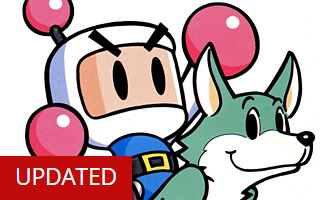
Do you agree with this list? Let us know what you think by leaving a comment below. Your opinion matters!